
Henry Valentine Miller was an American novelist, short story writer and essayist. He broke with existing literary forms and developed a new type of semi-autobiographical novel that blended character study, social criticism, philosophical reflection, stream of consciousness, explicit language, sex, surrealist free association, and mysticism. His most characteristic works of this kind are Tropic of Cancer, Black Spring, Tropic of Capricorn, and the trilogy The Rosy Crucifixion, which are based on his experiences in New York City and Paris. He also wrote travel memoirs and literary criticism, and painted watercolors.
Transgressive fiction is a genre of literature which focuses on characters who feel confined by the norms and expectations of society and who break free of those confines in unusual or illicit ways.

Tropic of Cancer is an autobiographical novel by Henry Miller that is best known as "notorious for its candid sexuality", with the resulting social controversy considered responsible for the "free speech that we now take for granted in literature." It was first published in 1934 by the Obelisk Press in Paris, France, but this edition was banned in the United States. Its publication in 1961 in the United States by Grove Press led to obscenity trials that tested American laws on pornography in the early 1960s. In 1964, the U.S. Supreme Court declared the book non-obscene. It is regarded as an important work of 20th-century literature.
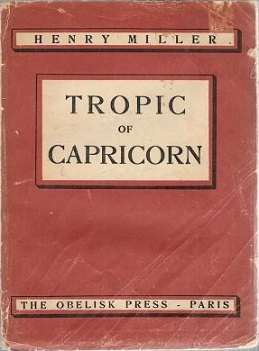
Tropic of Capricorn is a semi-autobiographical novel by Henry Miller, first published by Obelisk Press in Paris in 1939. A prequel of sorts to Miller's first published novel, 1934's Tropic of Cancer, it was banned in the United States until a 1961 Justice Department ruling declared that its contents were not obscene.
Olympia Press was a Paris-based publisher, launched in 1953 by Maurice Girodias as a rebranded version of the Obelisk Press he inherited from his father Jack Kahane. It published a mix of erotic fiction and avant-garde literary fiction, and is best known for issuing the first printed edition of Vladimir Nabokov's Lolita.
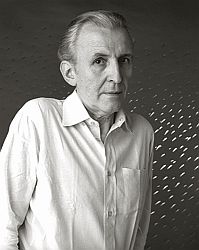
Maurice Girodias was a French publisher who founded the Olympia Press, specialising in risqué books, censored in Britain and America, that were permitted in France in English-language versions only. It evolved from his father’s Obelisk Press, famous for publishing Henry Miller’s Tropic of Cancer. Girodias published Vladimir Nabokov's Lolita, J. P. Donleavy’s The Ginger Man, and works by Samuel Beckett, William S. Burroughs, John Glassco and Christopher Logue.
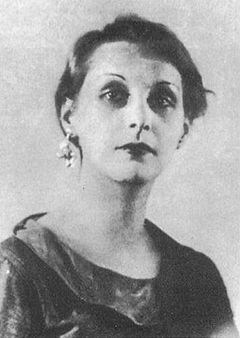
June Miller was the second wife of novelist Henry Miller. He wrote prolifically about her and their relationship in his books, usually using the pseudonyms Mona or Mara interchangeably. She also appears prominently in the early diaries of Anaïs Nin.
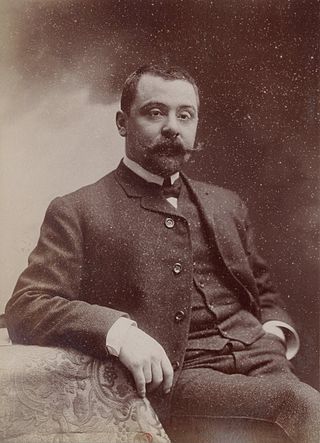
Jacques Élie Faure was a French medical doctor, art historian and essayist.

Black Spring is a book of ten short stories by the American writer Henry Miller, published in 1936 by the Obelisk Press in Paris, France. Black Spring was Miller's second published book, following Tropic of Cancer and preceding Tropic of Capricorn. The book was written in 1932-33 while Miller was living in Clichy, Hauts-de-Seine, a northwestern suburb of Paris. Like Tropic of Cancer, the book is dedicated to Anaïs Nin.
Mary Dearborn is an American biographer and author. Dearborn has published biographies of Norman Mailer, Henry Miller, Peggy Guggenheim and others.

Aller Retour New York is a novel by American writer Henry Miller, published in 1935 by Obelisk Press in Paris, France.

Dust Lane is the sixth studio album by Yann Tiersen. Tiersen himself describes the record as "not a sad thing, but a colourful thing - an experience sometimes painful, but also joyful."

The Colossus of Maroussi is an impressionist travelogue by American writer Henry Miller that was first published in 1941 by Colt Press of San Francisco. Set in pre-war Greece of 1939, it is ostensibly an exploration of the "Colossus" of the title, George Katsimbalis, a poet and raconteur. The work is frequently heralded as Miller's best.
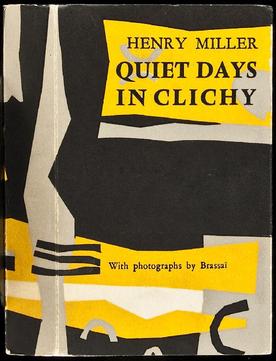
Quiet Days in Clichy is a novella written by Henry Miller. It is based on his experience as a Parisian expatriate in the early 1930s, when he and Alfred Perlès shared a small apartment in suburban Clichy as struggling writers. It takes place around the time Miller was writing Black Spring. According to his photographer friend George Brassaï, Miller admitted the title is “completely misleading.”

Moloch: or, This Gentile World is a semi-autobiographical novel written by Henry Miller in 1927-28, initially under the guise of a novel written by his wife, June. The book went unpublished until 1992, 65 years after it was written and 12 years after Miller's death. It is widely considered to be of interest more as a study of Miller's artistic growth than as a worthy piece of fiction.
The following is a bibliography of Henry Miller by category.

Tropic of Cancer is a 1970 American drama film directed by Joseph Strick and written by Betty Botley and Joseph Strick. It is based on Henry Miller's 1934 autobiographical novel Tropic of Cancer. The film stars Rip Torn, James T. Callahan, David Baur, Laurence Lignères, Phil Brown and Dominique Delpierre. The film was released on February 27, 1970, by Paramount Pictures.

Big Sur and the Oranges of Hieronymus Bosch is a memoir written by Henry Miller, first published in 1957, about his life in Big Sur, California, where he resided for 18 years.

The Air-Conditioned Nightmare is a memoir written by Henry Miller, first published in 1945, about his year-long road trip across the United States in 1940, following his return from nearly a decade living in Paris.
Osama Manzlaji is a Syrian translator. He was born in Latakia in 1948. He translated many literary works from the English language. Some of the most known writers whom he's translated for are Henry Miller, Hermann Hesse, and Terry Eagleton.













